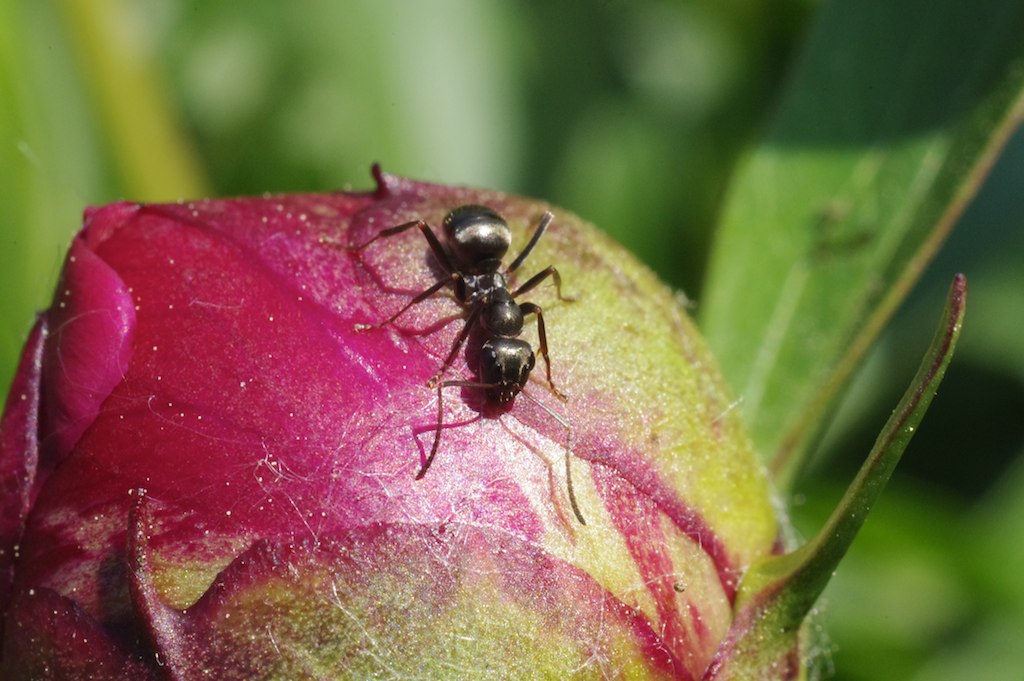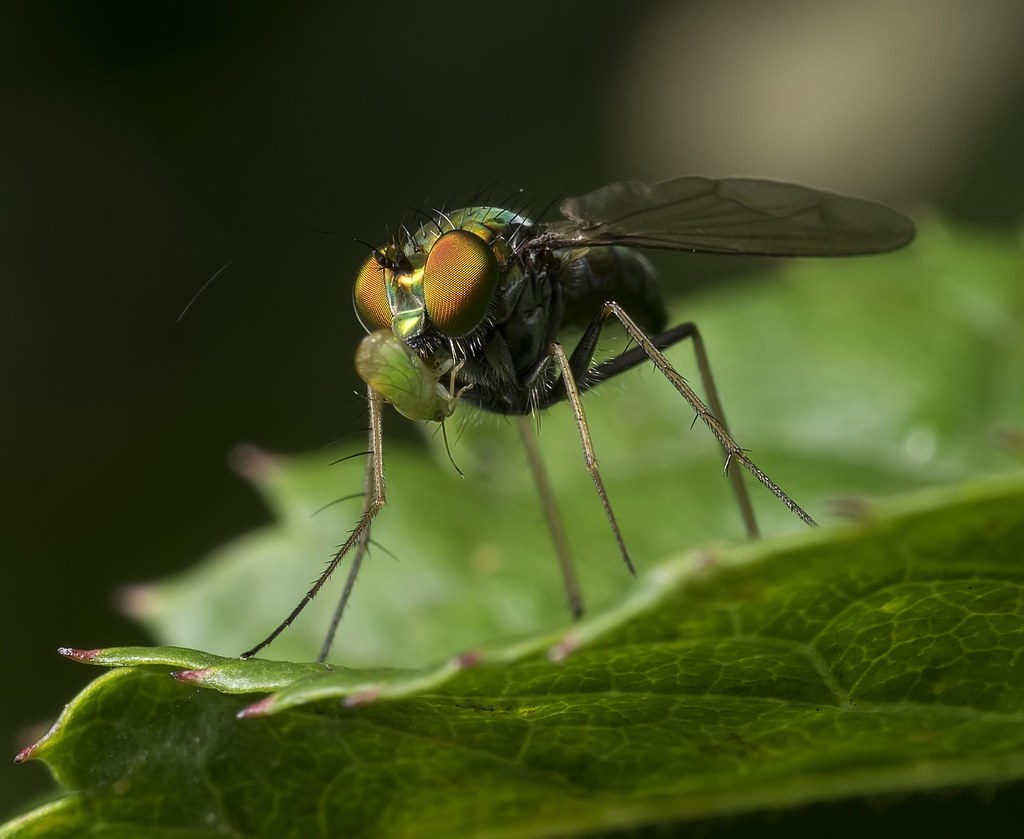(Note: post was edited after the first few replies)
Specifically for macro (or close-up) MF shots handheld and without flash. I'm sure everyone has a different answer. I'm trying to adjust my expectations and get a sense of the range of experiences. I know it's not easy to get a sharp photo and have been reading many posts and articles about how to go about it.
I mean the part of the subject you want in focus, not the whole thing. I usually get
something in focus, but not what I want (for example, the bug's butt instead of its face).
My one question now is: On average, how many of your handheld shots don't have the subject in focus? How many for, let's say, a non-moving subject such as a flower? For a moving subject, like a bee? Or whatever example you have for shots out in the field without the benefit of studio conditions.
If I'm watering the garden and happen to see an awesome spider, I'm unlikely to get out all the equipment. It's just me and my macro lens. I tend to take around 10 shots (often more) of each composition with the hope that one will be in focus. I'm new to SLR and MF photography, and since macro/close-up is what I especially like, I want to develop a realistic set of expectations to go with the techniques I'm learning.
Thanks
Last edited by EllenJ; 06-24-2014 at 02:25 PM.


 Similar Threads
Similar Threads 

























 Post #2 by normhead
Post #2 by normhead








